Buy the photo Meerkat (Suricata suricatta) by Ronald Pol on canvas, ArtFrame, poster and wallpaper, printed on demand in high quality.
About "Meerkat (Suricata suricatta)"
by Ronald Pol
About the artwork
The Meerkat (Suricata suricatta) is a small, social mammal belonging to the mongoose family. Recognizable by its slender body, pointed snout, and bushy tail, the Meerkat is covered in a coat of tan or gray fur with darker bands on its back and a black-tipped tail. Its large eyes, encircled by dark patches, help reduce sun glare and enhance vision for spotting predators.
Meerkats are native to the arid and semi-arid regions of southern Africa, including the Kalahari and Namib deserts in Botswana, Namibia, Angola, and South Africa. They thrive in open, dry areas with sparse vegetation and sandy soil suitable for burrowing.
Meerkats are omnivores, feeding on a diet of insects, small reptiles, birds, eggs, roots, and fruit. They are adept hunters, using their claws to dig for prey and their sharp teeth to handle tough food. Immune to some venom, they can eat scorpions and venomous snakes.
Living in tight-knit groups called mobs or clans, Meerkats are known for their cooperative behavior. Each group works together to dig extensive burrow systems for shelter and safety. While foraging, one Meerkat typically stands as a sentinel, scanning the surroundings for predators and issuing warning calls if danger is spotted.

About Ronald Pol
Ronald Pol (1977) is a nature photographer from Deventer, the Netherlands. It was during a trip to Africa that his passion for nature photography started. The main focus is on the photography of animals (portraits and behaviour), but a variety of other subjects are photographed as well... Read more…
 Germany
Germany Ordered in August 2020
Ordered in August 2020
 Germany
Germany Ordered in March 2020
Ordered in March 2020
 Germany
Germany Ordered in August 2019
Ordered in August 2019
 Netherlands
Netherlands Ordered in June 2023
Ordered in June 2023
 Netherlands
Netherlands Ordered in July 2018
Ordered in July 2018
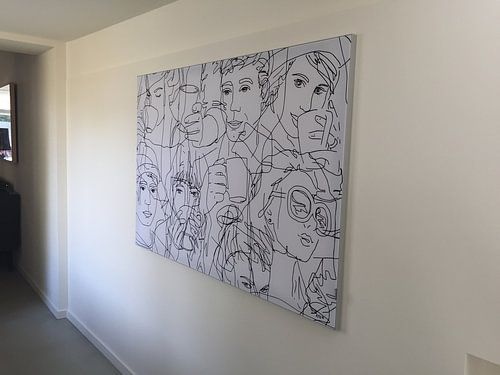
 Germany
Germany Ordered in November 2021
Ordered in November 2021
 Netherlands
Netherlands Ordered in June 2021
Ordered in June 2021
 Netherlands
Netherlands Ordered in May 2021
Ordered in May 2021
 Netherlands
Netherlands Ordered in March 2018
Ordered in March 2018
 Germany
Germany Ordered in August 2023
Ordered in August 2023
 Germany
Germany Ordered in February 2023
Ordered in February 2023
 Netherlands
Netherlands Ordered in August 2017
Ordered in August 2017
About the material
ArtFrame™
Interchangeable Art Prints
- High-quality print
- Easily interchangeable
- Acoustic function
- Large sizes available
Discover the artworks of Ronald Pol
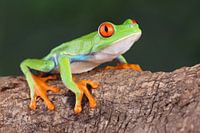 Red-Eyed Tree Frog (Agalychnis callidryas)Ronald Pol
Red-Eyed Tree Frog (Agalychnis callidryas)Ronald Pol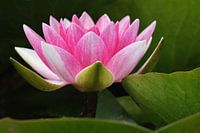 Pink Water LilyRonald Pol
Pink Water LilyRonald Pol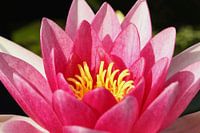 Pink Water LilyRonald Pol
Pink Water LilyRonald Pol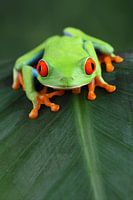 Red-Eyed Tree Frog (Agalychnis callidryas)Ronald Pol
Red-Eyed Tree Frog (Agalychnis callidryas)Ronald Pol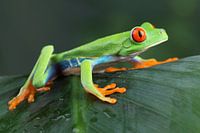 Red-Eyed Tree Frog (Agalychnis callidryas)Ronald Pol
Red-Eyed Tree Frog (Agalychnis callidryas)Ronald Pol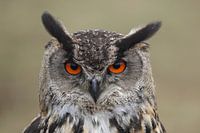 Eurasian Eagle Owl (Bubo bubo)Ronald Pol
Eurasian Eagle Owl (Bubo bubo)Ronald Pol Water in blueRonald Pol
Water in blueRonald Pol Western Barn Owl (Tyto alba)Ronald Pol
Western Barn Owl (Tyto alba)Ronald Pol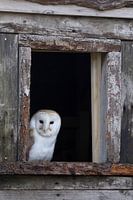 Western Barn Owl (Tyto alba)Ronald Pol
Western Barn Owl (Tyto alba)Ronald Pol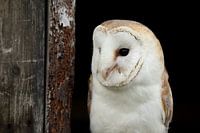 Western Barn Owl (Tyto alba)Ronald Pol
Western Barn Owl (Tyto alba)Ronald Pol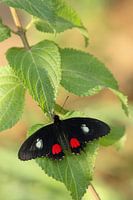 Iphidamas Cattleheart (Parides iphidamas)Ronald Pol
Iphidamas Cattleheart (Parides iphidamas)Ronald Pol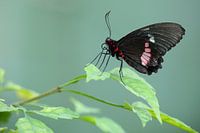 Iphidamas Cattleheart (Parides iphidamas)Ronald Pol
Iphidamas Cattleheart (Parides iphidamas)Ronald Pol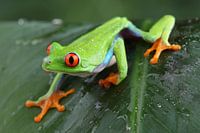 Red-Eyed Tree Frog (Agalychnis callidryas)Ronald Pol
Red-Eyed Tree Frog (Agalychnis callidryas)Ronald Pol Red-Eyed Tree Frog (Agalychnis callidryas)Ronald Pol
Red-Eyed Tree Frog (Agalychnis callidryas)Ronald Pol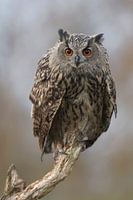 Eurasian Eagle Owl (Bubo bubo)Ronald Pol
Eurasian Eagle Owl (Bubo bubo)Ronald Pol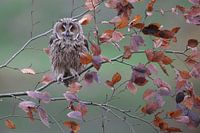 Long-eared Owl (Asio otus)Ronald Pol
Long-eared Owl (Asio otus)Ronald Pol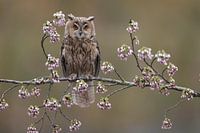 Long-eared Owl (Asio otus)Ronald Pol
Long-eared Owl (Asio otus)Ronald Pol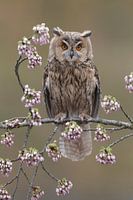 Long-eared Owl (Asio otus)Ronald Pol
Long-eared Owl (Asio otus)Ronald Pol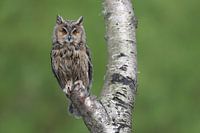 Long-eared Owl (Asio otus)Ronald Pol
Long-eared Owl (Asio otus)Ronald Pol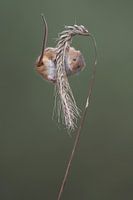 Eurasian Harvest Mouse (Micromys minutus)Ronald Pol
Eurasian Harvest Mouse (Micromys minutus)Ronald Pol
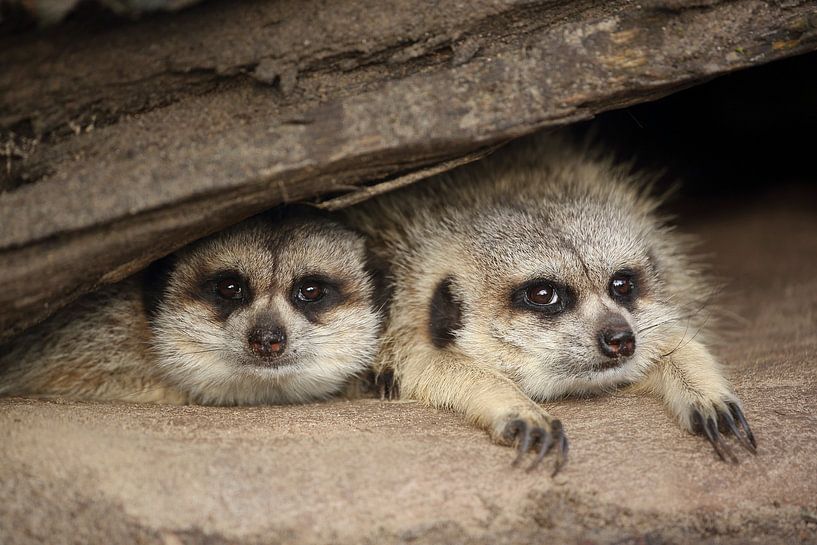


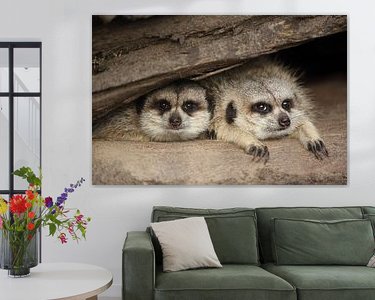



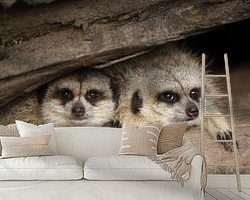
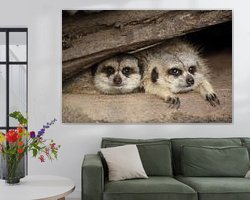

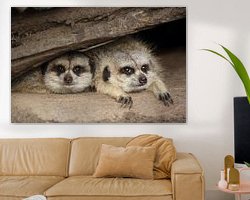
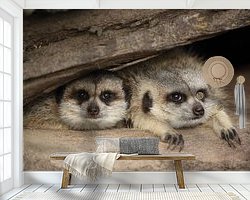
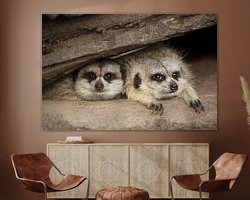
 Africa
Africa Animals
Animals Desert
Desert Mammals
Mammals Meerkat
Meerkat Photo wallpaper
Photo wallpaper Photography
Photography Predators
Predators Safari
Safari Savannah
Savannah Wildlife photography
Wildlife photography









